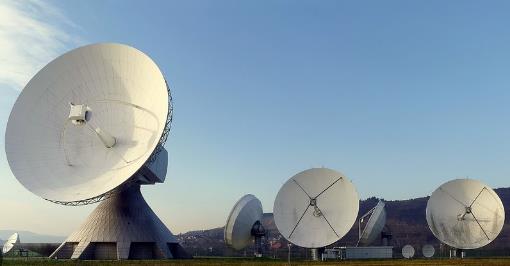How Does an Ortho Mode Transducer Work?
An ortho mode transducer (OMT) is a crucial component in many modern communication systems, particularly in satellite and radar technologies. It functions as a dual-polarization device, enabling the separation or combination of orthogonal polarized signals. This article delves into the operational principles and applications of an OMT, highlighting its efficiency and versatility in handling high-frequency signals.

Fundamental Operation
The ortho mode transducer works based on the principle of orthogonality in electromagnetic waves. It effectively processes two polarized waves—typically horizontal and vertical—or right-hand and left-hand circular polarizations, which are perpendicular to each other.
Key Components and Design:
An OMT generally consists of a main waveguide and two perpendicular ports equipped with probes or branching waveguides. The design ensures that each probe responds only to one polarization, effectively isolating the two modes of the wave. This separation is critical for systems where signal integrity and polarization purity are essential.
Enhancing Signal Integrity
Polarization Separation
The primary function of an OMT is to separate incoming signals into two orthogonal polarizations. This capability is vital in applications such as satellite communications, where signals are transmitted and received in different polarizations to increase bandwidth and reduce interference.
Minimizing Cross-Polarization:
One of the significant advantages of using an ortho mode transducer is its ability to minimize cross-polarization interference. By ensuring that each polarization is purely isolated, the OMT enhances the overall signal quality, crucial for maintaining high data transmission rates and accurate signal interpretation in radar systems.
Applications in Communication Systems
Satellite Communication
In satellite communication systems, OMTs are used to handle the dual-polarized signals transmitted and received by the satellite antenna. By separating or combining polarizations, OMTs enable the efficient use of the frequency spectrum, supporting higher data throughput without requiring additional bandwidth.
Radio Astronomy
Ortho mode transducers are also instrumental in radio astronomy, where they allow for the simultaneous observation of celestial signals at different polarizations. This dual capability enables astronomers to gather more data from observed celestial bodies, enhancing the depth and accuracy of their research.
Radar Systems
Radar systems benefit from the polarization handling capability of OMTs by distinguishing between different types of targets and environmental conditions. For instance, differentiating between raindrops and aircraft requires precise polarization management, which an OMT provides.
Technological Innovations and Future Prospects
The ongoing advancements in OMT technology focus on improving bandwidth, reducing insertion loss, and enhancing isolation between the polarizations to support increasingly complex and high-frequency communication systems. These improvements are pivotal in meeting the growing demands for more robust and efficient communication infrastructures.
The ortho mode transducer remains a fundamental component in many high-frequency communication systems, playing a critical role in the efficient and effective separation and combination of polarized signals. Its ability to enhance signal integrity and reduce interference is invaluable in various applications, making it a cornerstone of modern communication technology. As the demand for higher data rates and more reliable connections continues to grow, the importance and development of OMTs are set to rise, marking a promising future in the realm of communication technology.